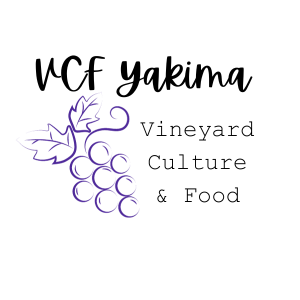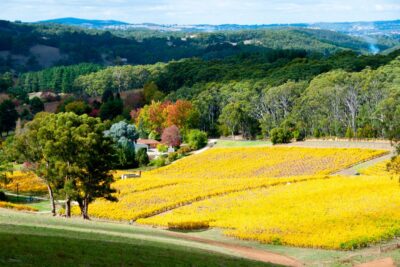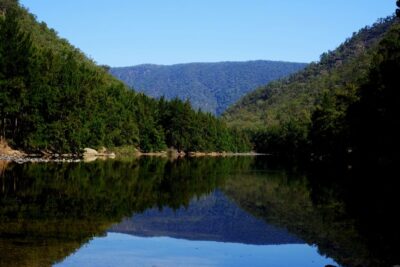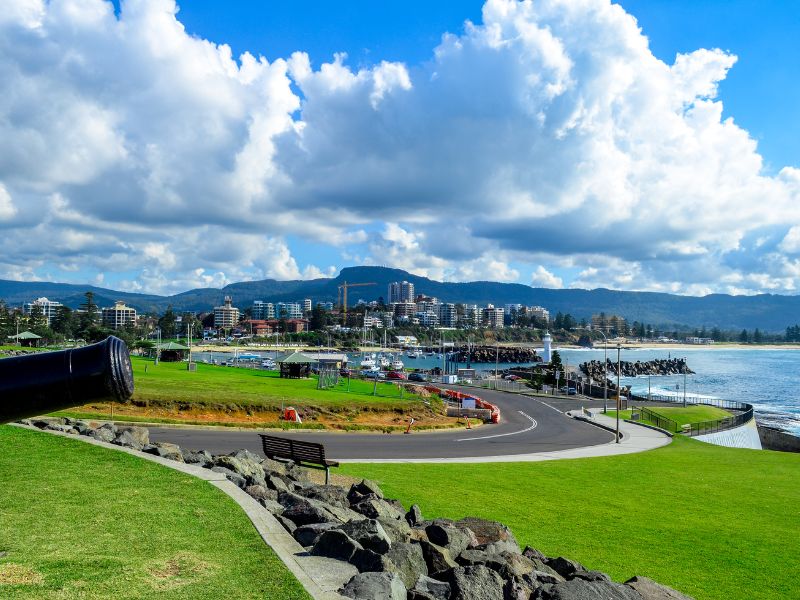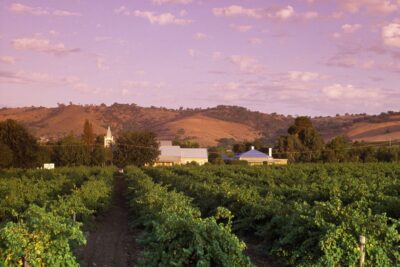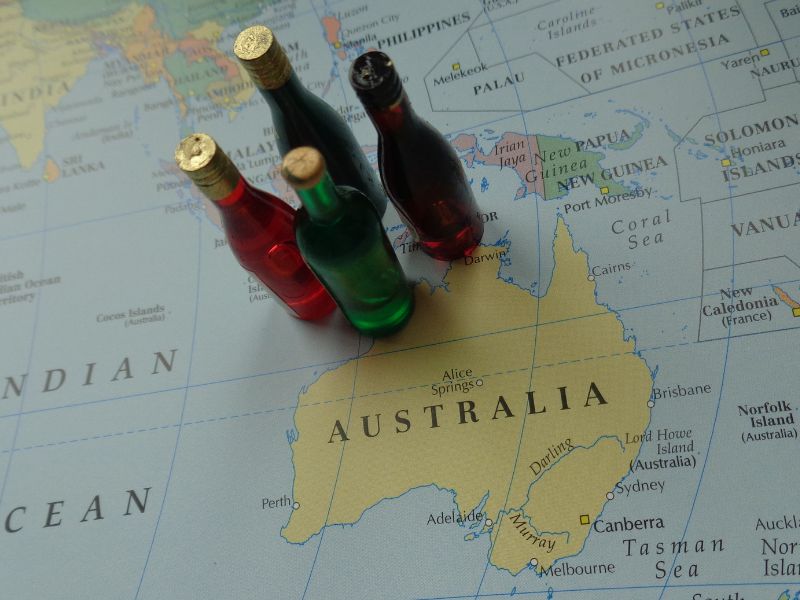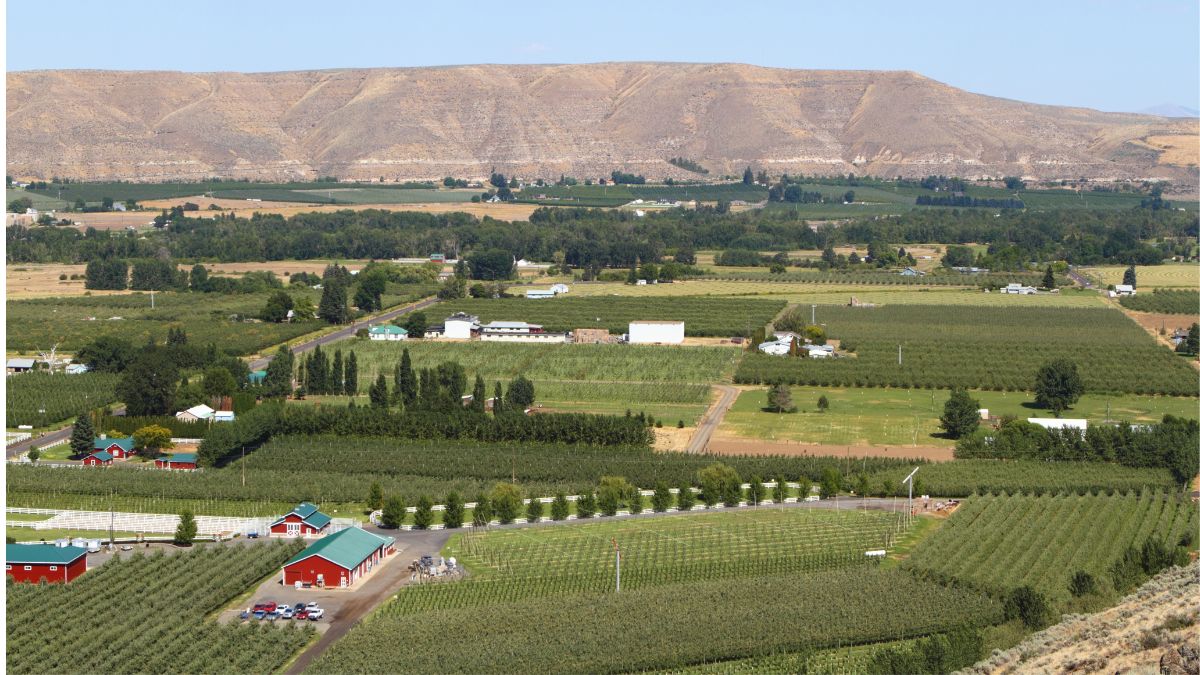Vineyards and Wine-Making Regions of South Australia
South Australia is home to a very diverse culture, art, sporting events, and many more. It is also known as the “Festival State” as it prides itself on being the host of many internationally-recognised events each year. But for a food and wine aficionado like myself, it is heaven on earth with its vineyards, wineries, and fine produce.
This historic heart of this country continent’s wine is the location of some of the most popular regions with the oldest and best-known wineries in Australia. Each of these regions features one-of-a-kind wines that come with unique tourism experiences, be it located along the majestic coastlines, the stunning hillsides, or charming country towns that everyone can truly marvel at.
If you want to experience some of these vineyard tours and taste some of their fine wines or are just curious to know what this is all about, let me share this little guide about South Australia’s wine haven based on my personal experience and a little bit of research along the way, as an Yakima-born American visiting this beautiful country.
South Australia’s Wine Industry – Brief History
The state’s history of the wine industry dates back 175 years ago, with the first vine being planted by European settlers around the onset of the 19th century. It was actually the German settlers who were to be credited for establishing South Australia’s foremost wine destination – the Barossa Valley. They were the ones who introduced basically everything about vineyards and wineries, from grape varieties, planting techniques, and harvesting, to wine production.
From then on, the state has produced 18 wine regions to date and each of these has its own characteristics in terms of environment specifically for grape production. These include the soil, climate, and topography, and also the variety of grapes that each of these regions is known for.
Because of the allure of wines to aficionados, it gradually became part of South Australia’s tourism, as tourists started to flock in the quest for embarking into some sensory journey through wine tasting and food pairings. Gourmet food markets, food and wine festivals, and farm-to-table restaurants also started to appear left and right and have become big contributors to the state’s current reputation as a food and wine haven in Australia.
Top Wine Regions of South Australia
Adelaide Hills
This picturesque wine region of Adelaide Hills with rippled terrain and cool climate is just 20 minutes from Adelaide city proper on the east side. You can find in this region the oldest German settlement in Australia, which is the town of Hahndorf, and other historic towns that are influenced by Europeans.
Its hillside is packed with orchards and vineyards, where high-quality Pinot Noir and some classics in its type of climate, Chardonnay, Sauvignon Blanc, and sparkling styles are found. However, you can also find some unique wines that are concocted with alternative varieties such as Shiraz.
Sally Greengate, an Adelaide-based business woman who provides commercial pressure cleaning in Adelaide and surrounds, says “I regularly visit the wineries and vineyards in the Adelaide Hills to pressure clean the sheds and storage facilities. I love to bring back a new varietal or blend that my husband and I have never tried before.”
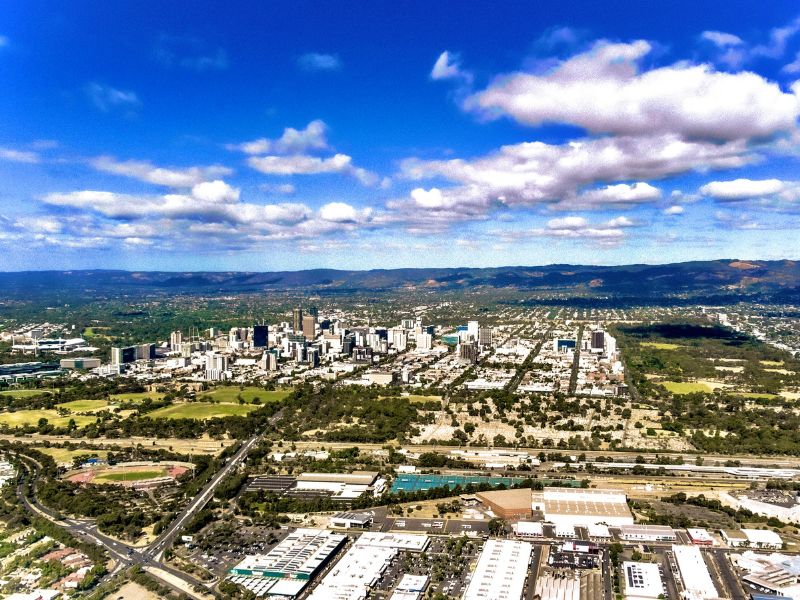
Barossa Valley
Another renowned wine-producing region of South Australia, on the northeast side is the Barossa Valley, which borders Angaston, Nuriootpa, and Tanunda. It can be reached within less than one hour’s drive from Adelaide. Its array of high-profile wineries of more than 150 offer cellar-door tasting, apart from different tours that suit your idea of leisure activities.
There’s so much to explore in this part of SA that you can totally forget about using a map, as you can easily find 5-star accommodations, sumptuous foods, and of course, the star of Barossa Valley – its wines! Choose among its well-known varieties such as Chardonnay, Sémillon, Shiraz, Viognier, GSM blends, and elegant, dry Riesling.
Clare Valley
Perhaps one of the oldest wine regions in all of Australia is the Clare Valley, which lies in the mid-north of South Australia. It is an approximately one-hour drive from my trip in Barossa Valley, or around 142 kilometres north of Adelaide. It has scenic hiking trails, rolling green hills, and stone cottage cellar doors which make dining and wine-tasting a more enjoyable experience.
Compared to the other wine regions in SA, Clare Valley has a higher altitude which makes it have a moderately continental climate with cool nights even in summer. This allows grapes to ripen evenly and slowly, making more quality wines in the process. Its gems include world-class Riesling, and top-quality Cabernet Sauvignon, and Shiraz.
Coonawarra
This wine region is centred in what’s called the Limestone Coast zone of South Australia. Although getting to it from Adelaide takes about 4 hours, it will be all worth it as you’ll be welcomed by a one-of-a-kind country experience and an equally enthralling vineyards and wine history.
Coonawarra is also known as a red centre because of its rich red cigar-shaped seam of red earth or terra rossa, which is popular as being dusty and dry in summer and briskly crisp in winter. As for its most-prized wines, be ready to be swept off your feet with these selections: age-worthy Cabernet Sauvignon and premium Shiraz, as well as Riesling, Merlot, and Chardonnay.
McLaren Vale
38 kilometres south of the city centre of Adelaide which is about a 45-minute drive, is this dynamic wine region established in 1838 and now consists of charming villages, rolling hills, and of course great food and high-quality wines. It has a Mediterranean climate that is known to have four clear seasons in a year and rarely experiences extreme weather like drought or frost because it is near the sea.
What’s even nice about McLaren Vale is that it has become one of the most environmentally sustainable wine communities and also one of the most progressive at that, in all of Australia. Most abound here are bold red wines in different styles. Taste its Shiraz, Cabernet, and Grenache, as well as Mediterranean varieties like Sangiovese, Fiano, Tempranillo, and Vermentino.
